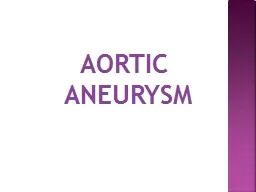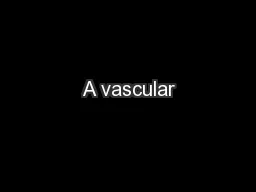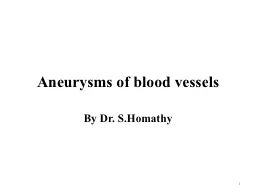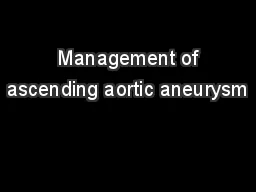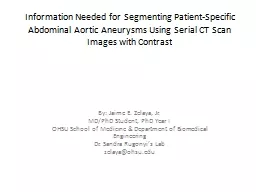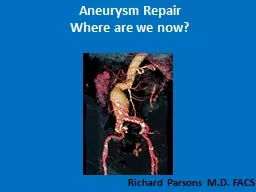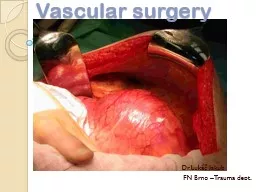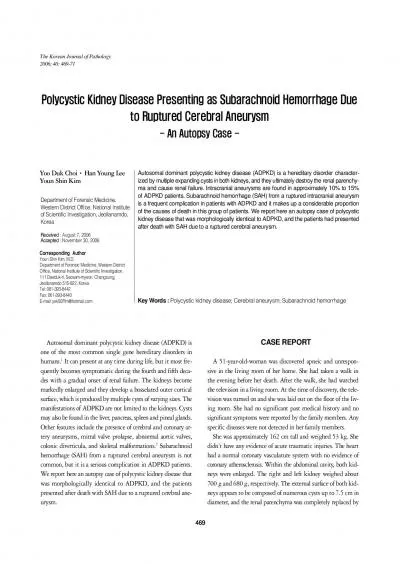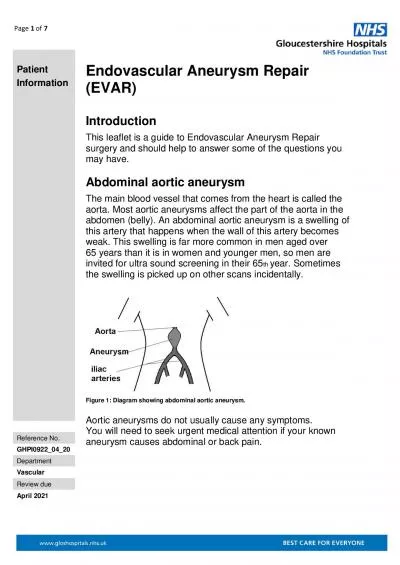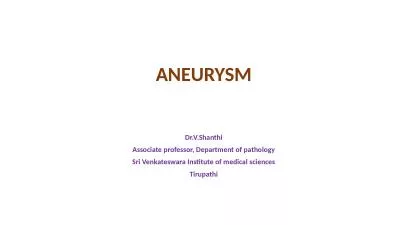PPT-AORTIC ANEURYSM Aortic Aneurysms
Author : lois-ondreau | Published Date : 2018-10-29
Definition Outpouchings or dilations of the arterial wall Common problems involving aorta Occur in men more often than in women Incidence with age Clinical Manifestations
Presentation Embed Code
Download Presentation
Download Presentation The PPT/PDF document "AORTIC ANEURYSM Aortic Aneurysms" is the property of its rightful owner. Permission is granted to download and print the materials on this website for personal, non-commercial use only, and to display it on your personal computer provided you do not modify the materials and that you retain all copyright notices contained in the materials. By downloading content from our website, you accept the terms of this agreement.
AORTIC ANEURYSM Aortic Aneurysms: Transcript
Download Rules Of Document
"AORTIC ANEURYSM Aortic Aneurysms"The content belongs to its owner. You may download and print it for personal use, without modification, and keep all copyright notices. By downloading, you agree to these terms.
Related Documents

